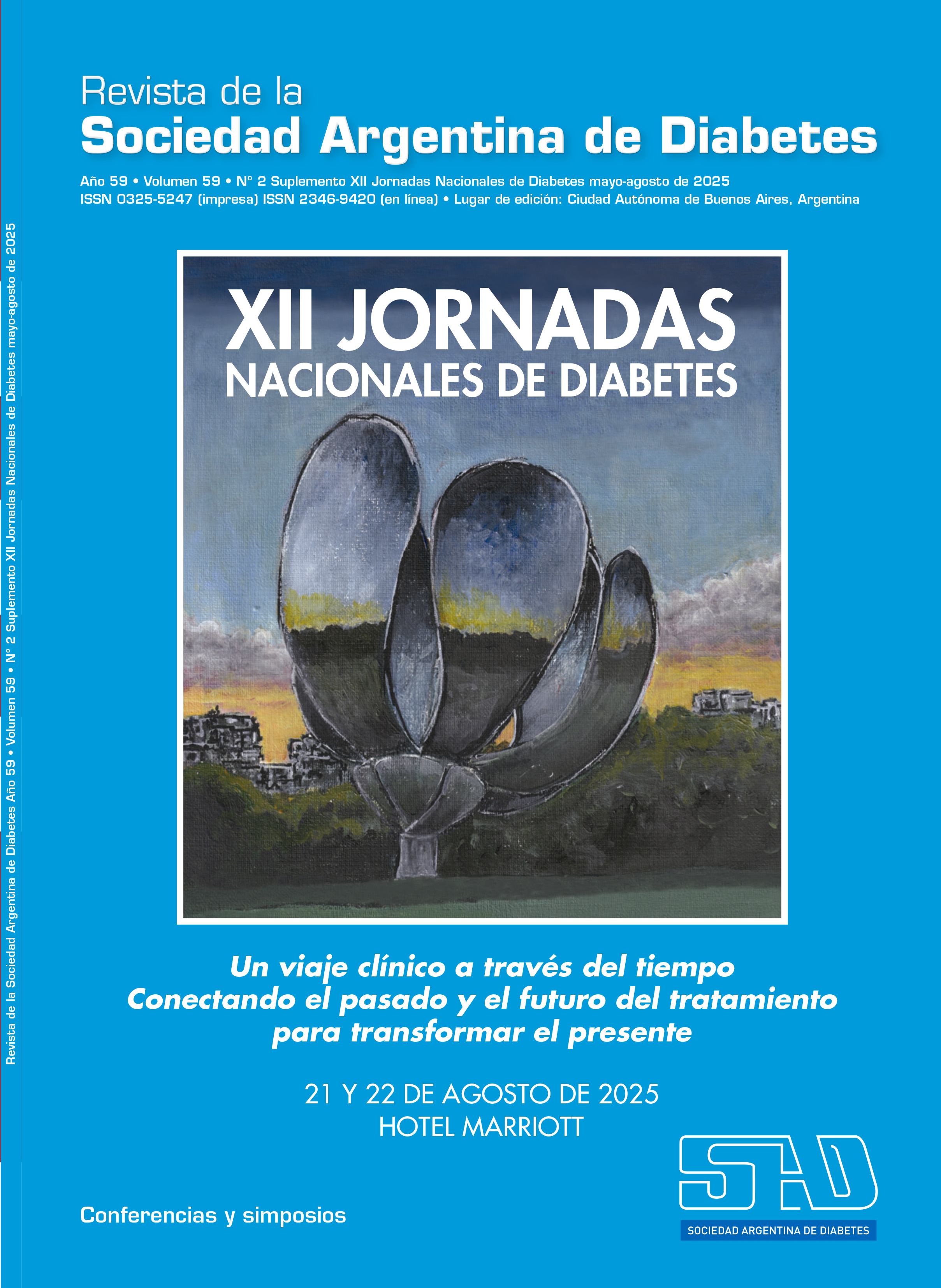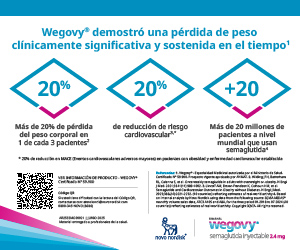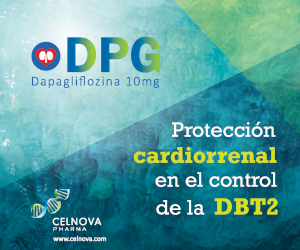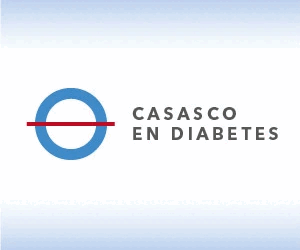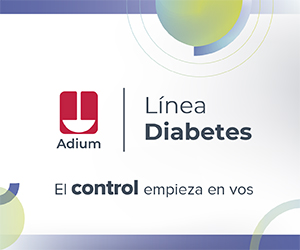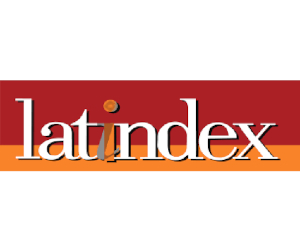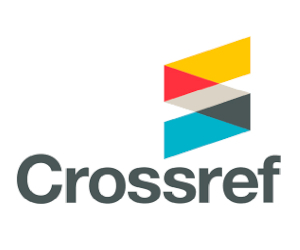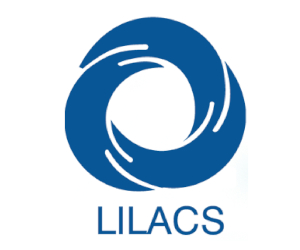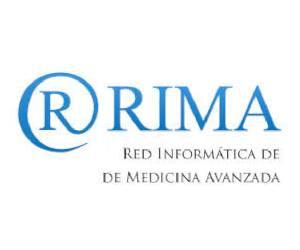Innovative perspectives in obesity treatment
DOI:
https://doi.org/10.47196/diab.v59i2Sup.1241Keywords:
obesity, treatmentAbstract
Obesity treatment is undergoing a paradigm shift driven by the development of nutrient-stimulated hormone therapies, due to their efficacy in weight loss (15-25%), which is close to that achieved with bariatric surgery, and due to their renal and cardiovascular metabolic benefits1.
The turning point was marked by glucagon-like peptide-1 receptor agonists (GLP-1RAs), which established the foundation for gut hormone-based therapies. However, the therapeutic horizon is expanding with the development of dual- and triple-acting molecules targeting GLP-1 and/or glucose-dependent insulinotropic peptide (GIP) and/or glucagon receptors. Combinations of molecules with complementary signaling pathways are also being explored2.
Among the dual agonists, tirzepatide was the first GLP-1/GIP RA approved for body weight control; And ecnoglutide, mazdutide, and survodutide are advancing in Phase 3 clinical trials as GLP-1/glucagon RAs, while retatrutide is emerging as a triple agonist at the GIP/GLP-1/glucagon receptors2-3.
In the search for alternatives that facilitate adherence and greater therapeutic accessibility, oral formulations of GLP-1 RAs are being developed, such as high-dose semaglutide (50 mg) and orforglipron, the first non-peptide GLP-1 RA2-3.
Dual-molecule conjugated drugs in Phase 3 trials include CagriSema (a combination of semaglutide, a GLP-1 RA, and cagrilintide, an amylin/calcitonin RA) and, in Phase 2, MariTide (cafraglutide, a GLP-1 RA combined with the GIP antagonist maridebart), administered once a month. This latter formulation represents a change that could improve adherence and convenience for patients. Added to this group of drugs is the combination of bimagrumab (a monoclonal antibody that blocks type II activin receptors) with semaglutide, with the aim of counteracting sarcopenia and preserving lean mass3.
The availability of various drugs with different mechanisms of action, varying degrees of efficacy and side effects, will allow for personalized selection based on each patient's metabolic profile, preferences, and expected response to treatment. This redirects the approach toward a proactive and comprehensive strategy that anticipates, prevents, and treats obesity from multiple perspectives2.
The current challenge is to ensure equitable access and long-term cost sustainability. In this way, these advances will translate into a reduction in the prevalence of obesity and associated mortality, ushering in a new era, reinforced by digital tools such as artificial intelligence.
References
I. Perdomo C, Cohen R, Sumithran P, Clément K, Frühbeck G. Contemporary medical, device, and surgical therapies for obesity in adults. Lancet 2023; 401:1116-30.
II. Melson E, Ashraf U, Papamargaritis D, et al. What is the pipeline for future medications for obesity? Int J Obes 2024;49:433-451. doi: 10.1038/s41366-024-01473-y.
III. Kokkorakis M, et al. Emerging pharmacotherapies for obesity. A systematic review. Pharmacological Reviews 2025;77(1). doi: 10.1124/pharmrev.123.001045.
Downloads
Published
Issue
Section
License
Copyright (c) 2025 on behalf of the authors. Reproduction rights: Argentine Diabetes Society

This work is licensed under a Creative Commons Attribution-NonCommercial-NoDerivatives 4.0 International License.
Dirección Nacional de Derecho de Autor, Exp. N° 5.333.129. Instituto Nacional de la Propiedad Industrial, Marca «Revista de la Sociedad Argentina de Diabetes - Asociación Civil» N° de concesión 2.605.405 y N° de disposición 1.404/13.
La Revista de la SAD está licenciada bajo Licencia Creative Commons Atribución – No Comercial – Sin Obra Derivada 4.0 Internacional.
Por otra parte, la Revista SAD permite que los autores mantengan los derechos de autor sin restricciones.



